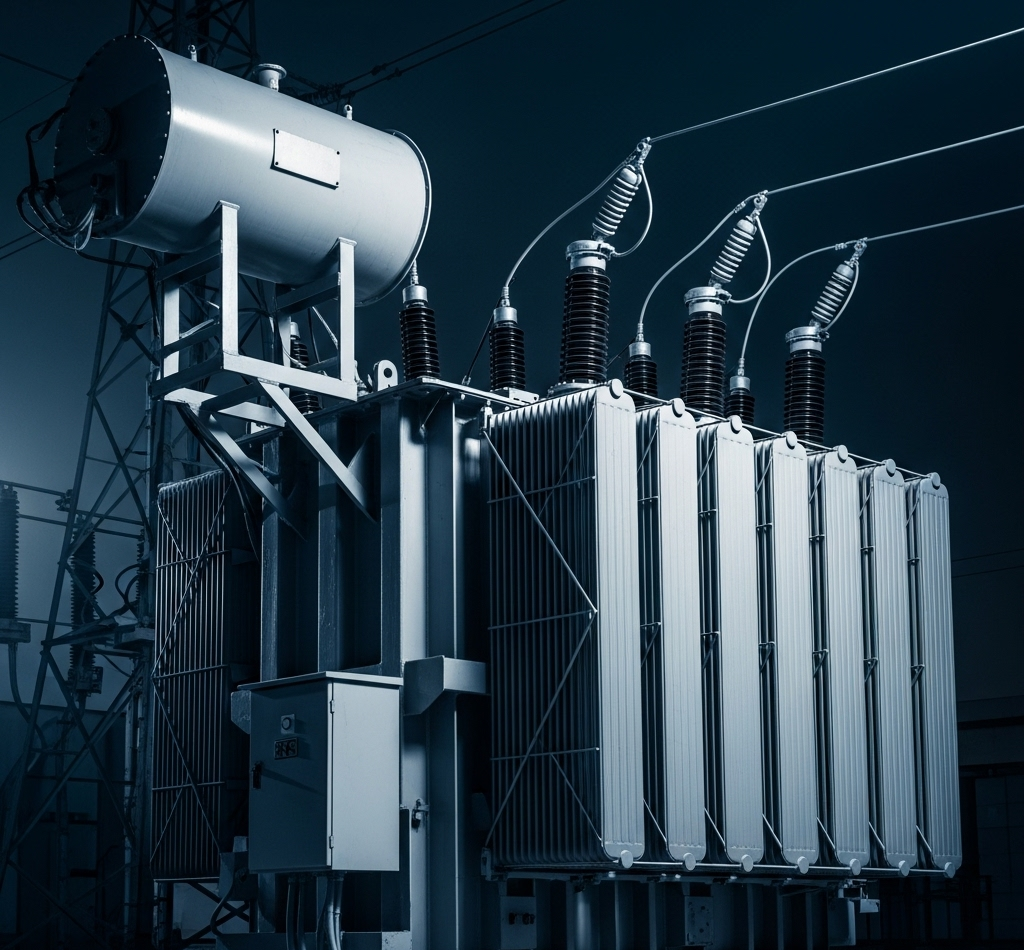
Utilities face unique challenges when sourcing critical components like conductors, transformers, and industrial equipment. These components form the backbone of electrical grids, ensuring reliable power delivery to millions. However, navigating supply chains, ensuring quality, and managing costs require strategic planning and foresight. In this post, we explore key considerations and best practices for utilities sourcing these essential assets.
Conductors, such as aluminum or copper cables, are the arteries of power distribution. They transmit electricity across vast distances, from power plants to end users. Key factors when sourcing conductors include:
Material Quality: High-conductivity materials like aluminum-conductor steel-reinforced (ACSR) cables are common for their durability and efficiency.
Environmental Resilience: Conductors must withstand extreme weather, corrosion, and mechanical stress.
Cost vs. Performance: Balancing upfront costs with long-term efficiency is critical, as higher-quality conductors reduce energy losses over time.
Transformers step up or step down voltage to ensure efficient power transmission and distribution. Sourcing transformers involves:
Capacity and Specifications: Transformers must match the grid’s voltage requirements and load demands.
Energy Efficiency: Modern transformers prioritize low core losses and compliance with standards like DOE 2016 efficiency regulations.
Lead Times: Manufacturing transformers can take months, so utilities must plan for long lead times to avoid project delays.
This category includes circuit breakers, switchgear, and monitoring systems. These assets ensure grid stability and safety. Sourcing considerations include:
Compatibility: Equipment must integrate seamlessly with existing infrastructure.
Reliability: High uptime is non-negotiable, as failures can lead to outages.
Smart Technology: Many utilities now prioritize equipment with IoT capabilities for real-time monitoring and predictive maintenance.
Global supply chains for conductors, transformers, and industrial equipment are vulnerable to disruptions. Recent years have seen shortages due to raw material scarcity, geopolitical tensions, and logistics bottlenecks. For example, copper and steel price volatility can significantly impact conductor costs.
Utilities must comply with strict regulations, such as IEEE standards for conductors or NERC reliability standards for grid equipment. Sourcing components that meet these requirements while remaining cost-effective is a delicate balance.
Utilities face increasing pressure to adopt sustainable practices. This includes sourcing energy-efficient transformers and recyclable materials for conductors. Additionally, stakeholders demand transparency in the environmental impact of manufacturing processes.
Build Strong Supplier Relationships
Partnering with reliable manufacturers and distributors ensures consistent quality and priority access during shortages. Long-term contracts can also stabilize pricing.
Diversify Supply Chains
Relying on a single supplier or region increases risk. Utilities should source from multiple vendors across different geographies to mitigate disruptions.
Leverage Technology for Forecasting
Advanced analytics and demand forecasting tools help utilities predict equipment needs, reducing the risk of overstocking or shortages. AI-driven supply chain platforms can optimize procurement timelines.
Prioritize Quality Assurance
Rigorous testing and certification processes are essential. For example, conductors should be tested for tensile strength, and transformers should undergo dielectric and thermal performance checks.
Plan for Long-Term Needs
Utilities should align sourcing strategies with grid modernization goals. Investing in smart grid-compatible equipment or high-efficiency transformers can future-proof operations.
Online platforms are streamlining procurement by connecting utilities with global suppliers. These platforms offer real-time pricing, availability, and compliance data, reducing sourcing timelines.
Some utilities are exploring recycling programs for conductors and transformers. For instance, reclaiming copper from old cables or refurbishing transformers can reduce costs and environmental impact.
To reduce reliance on international supply chains, some utilities are investing in local production of conductors and equipment. This trend is gaining traction in regions prioritizing energy independence.
Sourcing conductors, transformers, and industrial equipment is a complex but critical task for utilities. By understanding component requirements, addressing supply chain challenges, and adopting best practices, utilities can ensure a reliable and efficient power grid. As technology and sustainability demands evolve, proactive sourcing strategies will be key to staying ahead in the energy sector.
© 2025 Lasso Supply Chain Software LLC
Get instant access to our report on the Top Procurement Trends of 2025 by filling out the form below.

Get instant access to our report on the Top Procurement Trends of 2025.